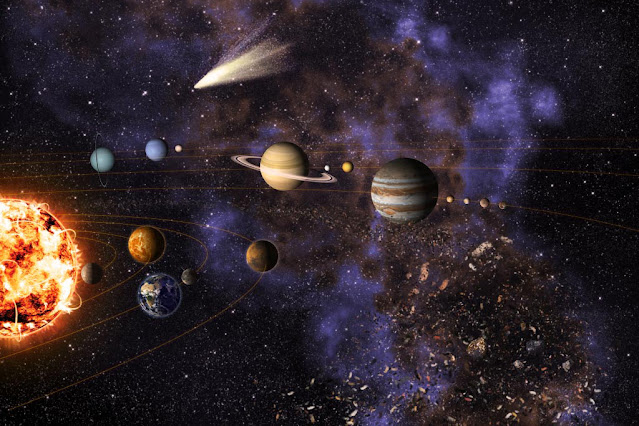Chinese Researchers Have Achieved The Impossible: They Have Actually Created An EM Drive

The bells of joyful news have begun ringing-- after quite the hiatus, the EM drive has returned! Researchers from China’s space agency have released a video through state media in which they show what appears to be a fully functioning EM drive. For those who are unfamiliar to the EM drive, here’s the crash course. An EM drive, also known as a radio frequency resonant cavity thruster, is theorized to be able to generate thrust without the need of a propellant. The thrust is of the electromagnetic world that is produced from bouncing microwaves back and forth inside a cavity. Think of it like this -- a person is sitting inside of a box and they are faced with a task to make the box move. They do so by pushing out the walls and moving around inside of the box. Also, to top it all off, the total momentum generated by the drive increases as it moves. If an EM drive is to enter our current world of reality, it would be revolutionary, to say the least. Faster space travel and cheaper spacef


















